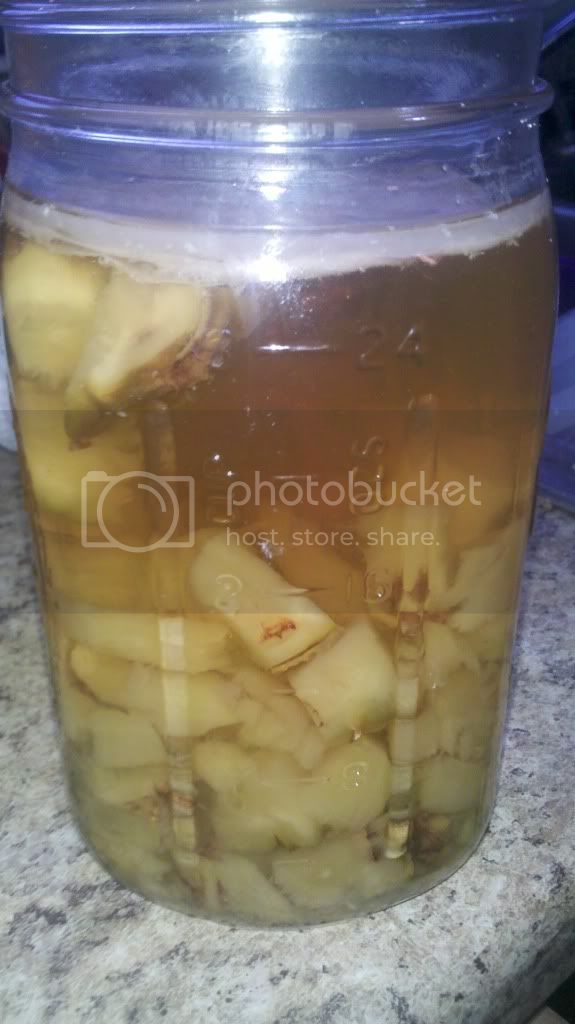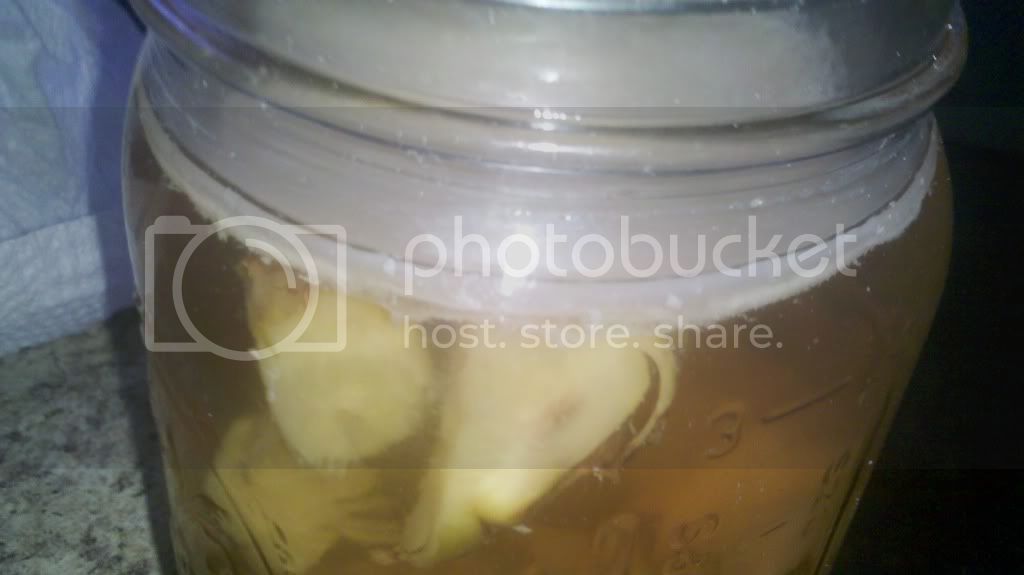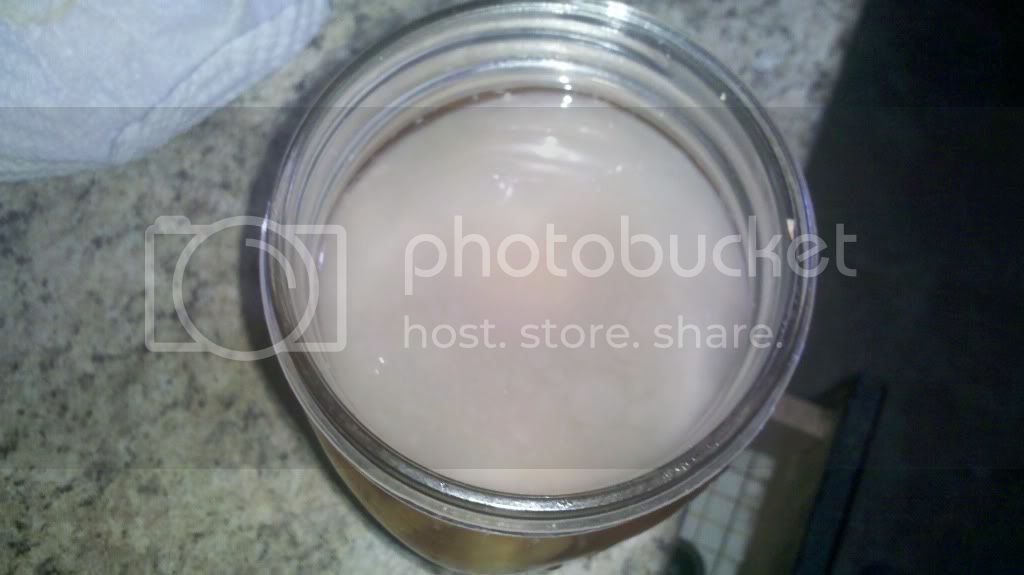Who here makes their own vinegar?
I make pineapple vinegar and banana vinegar, which are commonly used in Mexico and often made at home. It's great for marinades, pickling jalapeños, salad dressings, salsas, hot sauces, etc. and it's really easy to make. And it's made mostly with the peel which people would usually otherwise just throw away.
Here are the directions for pineapple vinegar...
Ingredients:
1 cup chopped peel from one pineapple (preferably organic so that you're not eating pesticides later)
½ cup chopped pineapple fruit
2½ cup water (preferably distilled so there's nothing in there that will kill the bacteria)
¼ cup piloncillo (you can use brown sugar but the flavor is a little different, piloncilo has more of a molasses flavor, you could also just use white sugar)
2 tbsp unpasteurized vinegar
1 quart sized jar
Chop the fruit and peel and place it in the jar. Heat the water in a pot until it boils, then add the piloncilo and stir until it dissolves. Then pour the boiling sugar water over the fruit. I like to use mason jars and screw the lid on and turn the jar upside down to sterilize everything, but that's not really necessary. Let the mixture cool down to around room temperature, then add the unpasteurized vinegar (unpasteurized vinegar has live acetic acid bacteria cultures to get your vinegar started), place a cheese cloth or paper towel or something over the mouth of the jar and then secure it with a rubber band. Place the jar in a warm, dark area, after a few days a film will form on the top which is the "mother," it looks menacing but it's just cellulose and the acetic acid bacteria and is a good sign. After about 2 weeks strain the liquid with a cheese cloth to remove the fruit and peel, and the mother of vinegar (you can save some of the mother of vinegar in a jar with some vinegar for starting a later batch if you want). Then let the strained liquid continue to ferment for several more weeks and it's ready, but It gets better with a little aging.
For a starter I used Bragg's unpasteurized apple cider vinegar.
 You can find it in the health isles of most grocery stores, or in health stores. You could skip the starter and collect the acetic acid bacteria out of the air, but I don't like to roll the dice on what's colonizing the jar.
You can find it in the health isles of most grocery stores, or in health stores. You could skip the starter and collect the acetic acid bacteria out of the air, but I don't like to roll the dice on what's colonizing the jar.
You can also use other fruit like pears, or old or unwanted wine. You could add other ingredients as well, like a couple Trinidad scorpions. Here are some pictures
Here are some pictures


The white film on top is the mother.

I make pineapple vinegar and banana vinegar, which are commonly used in Mexico and often made at home. It's great for marinades, pickling jalapeños, salad dressings, salsas, hot sauces, etc. and it's really easy to make. And it's made mostly with the peel which people would usually otherwise just throw away.
Here are the directions for pineapple vinegar...
Ingredients:
1 cup chopped peel from one pineapple (preferably organic so that you're not eating pesticides later)
½ cup chopped pineapple fruit
2½ cup water (preferably distilled so there's nothing in there that will kill the bacteria)
¼ cup piloncillo (you can use brown sugar but the flavor is a little different, piloncilo has more of a molasses flavor, you could also just use white sugar)
2 tbsp unpasteurized vinegar
1 quart sized jar
Chop the fruit and peel and place it in the jar. Heat the water in a pot until it boils, then add the piloncilo and stir until it dissolves. Then pour the boiling sugar water over the fruit. I like to use mason jars and screw the lid on and turn the jar upside down to sterilize everything, but that's not really necessary. Let the mixture cool down to around room temperature, then add the unpasteurized vinegar (unpasteurized vinegar has live acetic acid bacteria cultures to get your vinegar started), place a cheese cloth or paper towel or something over the mouth of the jar and then secure it with a rubber band. Place the jar in a warm, dark area, after a few days a film will form on the top which is the "mother," it looks menacing but it's just cellulose and the acetic acid bacteria and is a good sign. After about 2 weeks strain the liquid with a cheese cloth to remove the fruit and peel, and the mother of vinegar (you can save some of the mother of vinegar in a jar with some vinegar for starting a later batch if you want). Then let the strained liquid continue to ferment for several more weeks and it's ready, but It gets better with a little aging.
For a starter I used Bragg's unpasteurized apple cider vinegar.

You can also use other fruit like pears, or old or unwanted wine. You could add other ingredients as well, like a couple Trinidad scorpions.


The white film on top is the mother.

